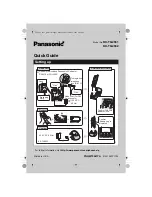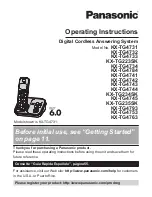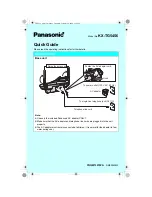
Version 3.0
Unify Service Information
Service Information
4 of 40
OpenStage TDM Trace Guide
1 Important information
It is important to deactivate the trace settings manually at every phone again after
downloading the trace. Otherwise the phone performance will be heavy negative
influenced. Refer to chapter 4.6 (WBM) or 7.6 (OpenScape 4000 TSDM) or 11.4
(HiPath 3000 Manager E and OpenScape Business Manager E).
At OpenStage TDM only the trace functions are supported in connection with
the Web Based Management. To save much time, I would use always the
WBM, instead of the systems to make a phone trace.
2 Reason for this How-To
The development needs nearly every time a phone trace to analyze a phone problem.
The OpenStage 60/80 TDM, in the following called OS_Hi, are able to trace internal
processes that show the development what is going wrong. OpenStage 15/20/30/40,
in the following called OS_Lo, only write exception logs, which should be
downloaded for any phone problems.
This How-To describes the steps at OS_Hi for activating / reading out / deactivating
those traces with OpenScape 4000, HiPath 3000, OpenScape Business and Web
Based Management. For OS_Lo and OS_Hi it describes how to download the
exception log.
With this How-To in hands the requester must only define which traces he needs for
OS_Hi. Sometimes it could be necessary that to make other traces, by order of the
development.
3 Trace settings
3.1
Trace component description
The following trace components/points can be chosen for a phone trace.
Administration
This deals with the changing and setting of parameters within the phone
database, from both the User and Admin menus
Application framework
All applications within the phone e.g. Call view, Call log or Phonebook are run
within the application framework. It is responsible for the switching: between
different applications and bringing them into and out of focus as appropriate.





































